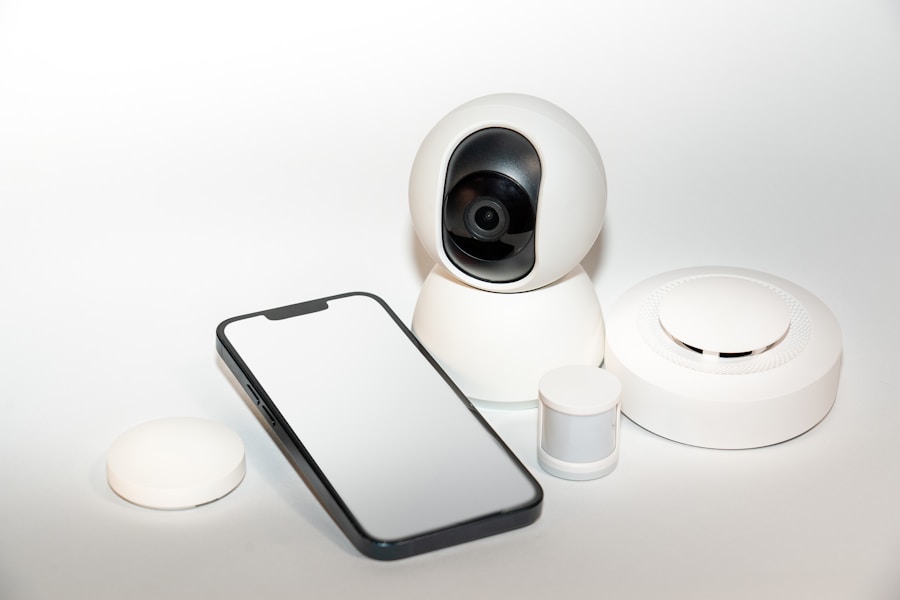Understanding your energy usage is the first step towards making significant savings on your energy bills. By knowing how much energy you are using and where it is being used, you can identify areas where you can make changes to reduce your consumption. One way to do this is by using a smart energy monitor, which can provide real-time information on your energy usage. This can help you to identify any appliances or devices that are using more energy than necessary, allowing you to make changes to reduce your consumption.
Another way to understand your energy usage is by looking at your energy bills. By analysing your bills, you can see how much energy you are using each month and how this compares to previous months. This can help you to identify any patterns in your energy usage and make changes accordingly. For example, if you notice that your energy usage increases during the winter months, you may want to focus on maximising your heating efficiency to reduce your consumption.
Simple Changes for Big Savings
There are a number of simple changes that you can make to your daily routine that can lead to big savings on your energy bills. One of the easiest changes to make is to switch off lights and appliances when they are not in use. This may seem like a small change, but over time it can lead to significant savings on your energy bills. Another simple change is to use energy-efficient light bulbs, which use less energy than traditional incandescent bulbs and can last up to 25 times longer.
Another simple change that can lead to big savings is to unplug devices when they are not in use. Many appliances and devices continue to use energy even when they are switched off, so by unplugging them when they are not in use, you can reduce your energy consumption. Additionally, making small changes to your heating and cooling habits, such as turning down the thermostat by just a few degrees or using a programmable thermostat, can also lead to big savings on your energy bills.
Maximising Your Heating and Cooling Efficiency
Heating and cooling are two of the biggest contributors to household energy consumption, so maximising their efficiency can lead to significant savings on your energy bills. One way to maximise your heating efficiency is by ensuring that your home is well insulated. This can help to prevent heat from escaping, reducing the amount of energy needed to keep your home warm. Additionally, sealing any drafts around windows and doors can also help to improve the efficiency of your heating system.
When it comes to cooling, one simple way to maximise efficiency is by using ceiling fans to circulate air, which can help to reduce the need for air conditioning. Additionally, using curtains or blinds to block out the sun during the hottest parts of the day can also help to keep your home cool without relying on air conditioning. Another way to maximise cooling efficiency is by ensuring that your air conditioning system is well maintained, as a well-maintained system will operate more efficiently and use less energy.
Making the Most of Your Appliances
Household appliances are another major contributor to energy consumption, so making the most of them can lead to significant savings on your energy bills. One way to make the most of your appliances is by choosing energy-efficient models when it comes time to replace them. Energy-efficient appliances use less energy than traditional models, leading to lower energy bills. Additionally, using appliances efficiently, such as only running the dishwasher or washing machine when they are full, can also lead to savings on your energy bills.
Another way to make the most of your appliances is by ensuring that they are well maintained. Regular maintenance can help to ensure that your appliances are operating at their most efficient, reducing their energy consumption. Additionally, using appliances at off-peak times, such as running the dishwasher or washing machine during the evening when energy demand is lower, can also lead to savings on your energy bills.
Lighting Up Your Savings
Lighting is another area where simple changes can lead to big savings on your energy bills. One of the easiest changes to make is to switch to energy-efficient light bulbs, such as LED bulbs. LED bulbs use up to 80% less energy than traditional incandescent bulbs and can last up to 25 times longer, leading to significant savings on your energy bills over time. Additionally, using natural light whenever possible can also help to reduce your reliance on artificial lighting.
Another way to light up your savings is by using motion sensors or timers for outdoor lighting. This can help to ensure that outdoor lights are only on when they are needed, reducing their energy consumption. Additionally, using dimmer switches for indoor lighting can also help to reduce energy usage, as dimming the lights uses less energy than having them at full brightness.
Harnessing the Power of Renewable Energy
Harnessing the power of renewable energy is another way to make significant savings on your energy bills. One way to do this is by installing solar panels on your property. Solar panels can generate electricity from sunlight, reducing your reliance on grid electricity and leading to savings on your energy bills. Additionally, some governments offer incentives for installing solar panels, such as feed-in tariffs for excess electricity generated.
Another way to harness the power of renewable energy is by using a wind turbine. Wind turbines can generate electricity from wind power, further reducing your reliance on grid electricity and leading to savings on your energy bills. Additionally, using renewable energy sources such as solar or wind power can help to reduce your carbon footprint and contribute towards a more sustainable future.
Monitoring and Managing Your Energy Consumption
Monitoring and managing your energy consumption is essential for making long-term savings on your energy bills. One way to do this is by using a smart meter, which can provide real-time information on your energy usage and help you to identify areas where you can make changes to reduce your consumption. Additionally, some smart meters offer features such as time-of-use pricing, which can help you to save money by using electricity during off-peak times.
Another way to monitor and manage your energy consumption is by using a home energy management system. These systems can provide detailed information on your energy usage and offer suggestions for making changes to reduce your consumption. Additionally, some systems offer features such as remote control of appliances or devices, allowing you to manage your energy usage even when you are not at home.
In conclusion, there are many ways that you can make significant savings on your energy bills by understanding and managing your energy usage. By making simple changes to your daily routine, maximising the efficiency of your heating and cooling systems, making the most of your appliances, lighting up your savings, harnessing the power of renewable energy, and monitoring and managing your energy consumption, you can reduce your energy bills and contribute towards a more sustainable future. By taking these steps, you can make a positive impact on both your wallet and the environment.

